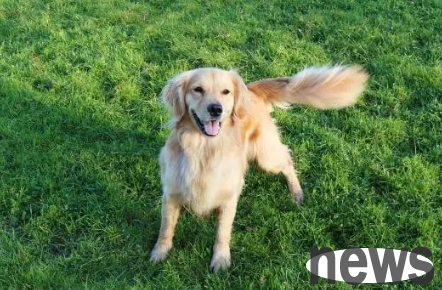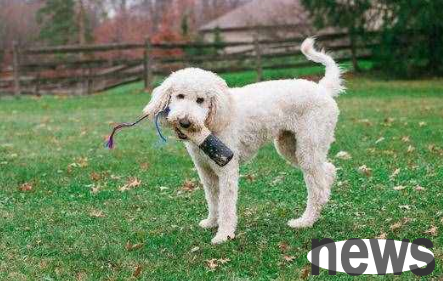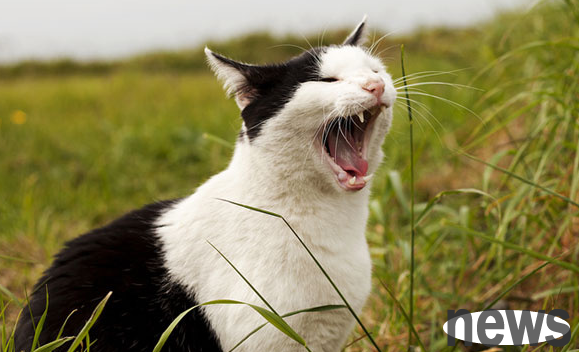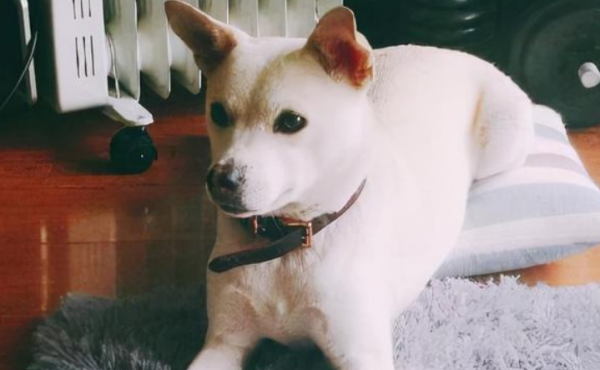Dog wagging its tail, do you know what it wants to express?
Have you noticed that your dog is always wagging his tail, sometimes happy, sometimes nervous, sometimes angry, and sometimes afraid?
Did you know that a dog's tail is not just a body part, it is also an important communication tool, which can convey a lot of information and emotions.
So, how to correctly interpret the dog's tail language? Let’s learn together!

First, we must pay attention to the position, speed and amplitude of the dog's tail.
Generally speaking, a dog's tail has three basic positions: high, median and low.
High position means that the dog's tail is raised high, exceeding the horizontal line on the back. This state usually means that the dog is excited, confident, or aggressive.
If you see a strange dog wagging its tail like this, it is best not to get close to it, as it may attack you. The median
indicates that the dog's tail is near the horizontal line on the back. This state usually means that the dog is relaxed, calm or curious.
If you see a strange dog wagging its tail like this, you can try to say hello to it, but be careful about its reaction.
The low position means that the dog's tail is hanging low, even sandwiched between the hind legs.
This state usually means that the dog is afraid, nervous or obedient.
If you see a strange dog wagging its tail like this, you can comfort it, but don't force it to pick it up or touch it.

Secondly, we should pay attention to the speed and amplitude of the dog's tail.
Generally speaking, the faster the speed and the greater the amplitude, the stronger the mood.
If you see a dog shaking its tail quickly, it may be very happy or very angry.
You have to judge what kind of emotion it is based on its tail position and other body language.
If you see a dog shaking its tail slowly, it may be relatively bland or uncertain.
You have to judge what it thinks based on its eyes and sound.
Finally, we should pay attention to the direction and shape of the dog's tail.
Generally speaking, the more the direction is to one side, the more inclined to that side. The more curly or upright the
shape is, the more nervous or vigilant it means.
If you see a dog tilting its tail to the left, it may be interested or friendly to the things on the left.
If you see a dog tilting its tail to the right, it may be disgusting or hostile to the things on the right.
If you see a dog curling its tail into a circle or upright, it may be nervous or alert.
At this time, you must be careful of its behavior, because it may occur suddenly.

Through the above introduction, do you have a deeper understanding of the dog's tail language?
In fact, the dog's tail language is not fixed, it will also change according to the dog's breed, personality, environment and other factors.
So, if you want to communicate better with your dog, you should spend more time with it, observe its habits and preferences, and understand its mood and needs.
Only in this way can you truly become its best friend!




